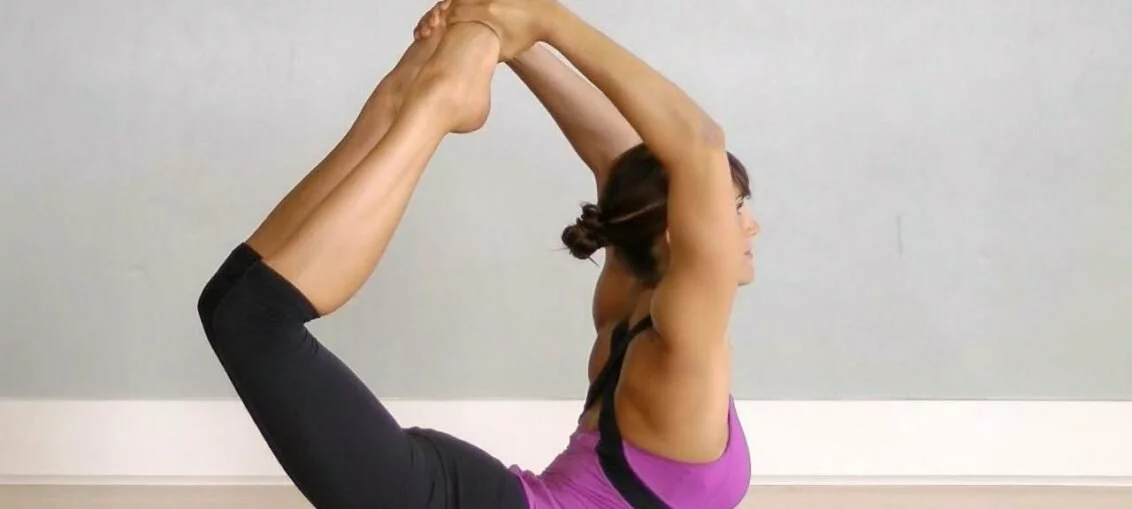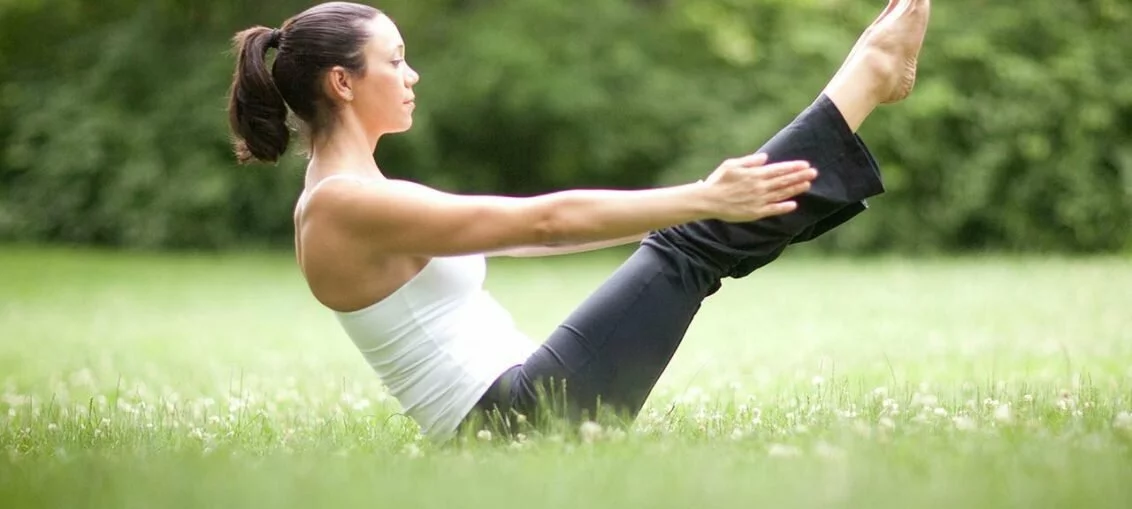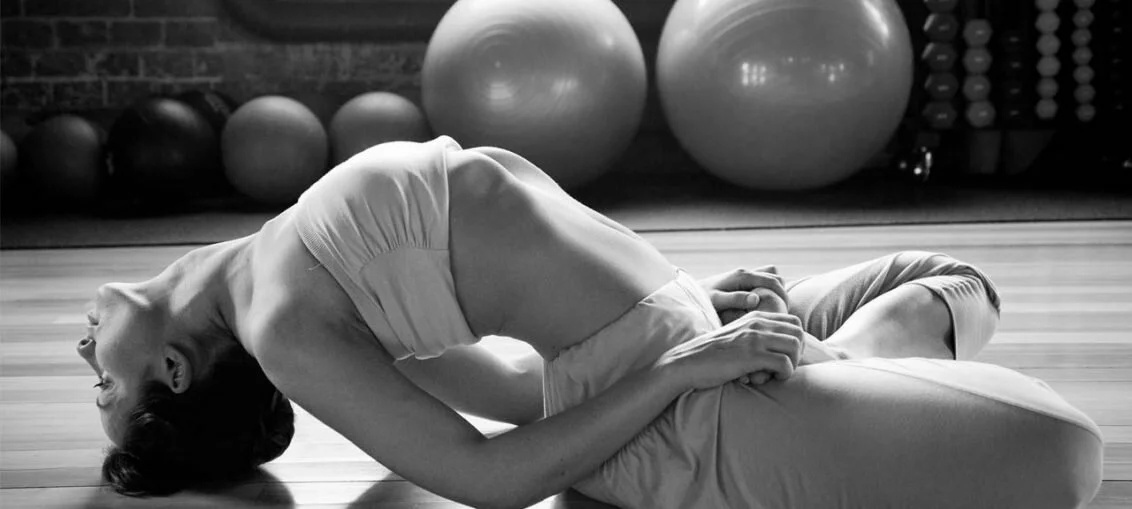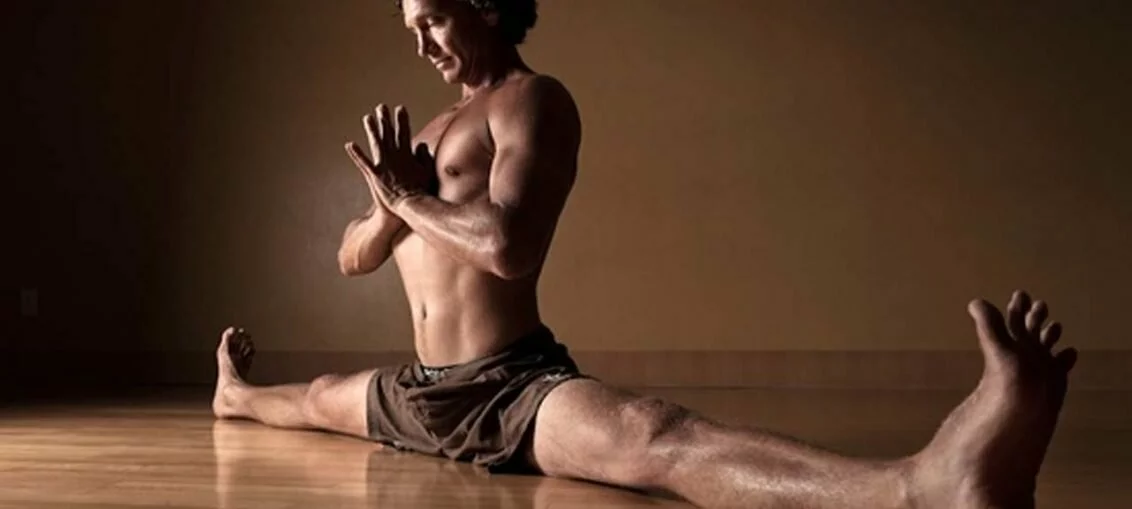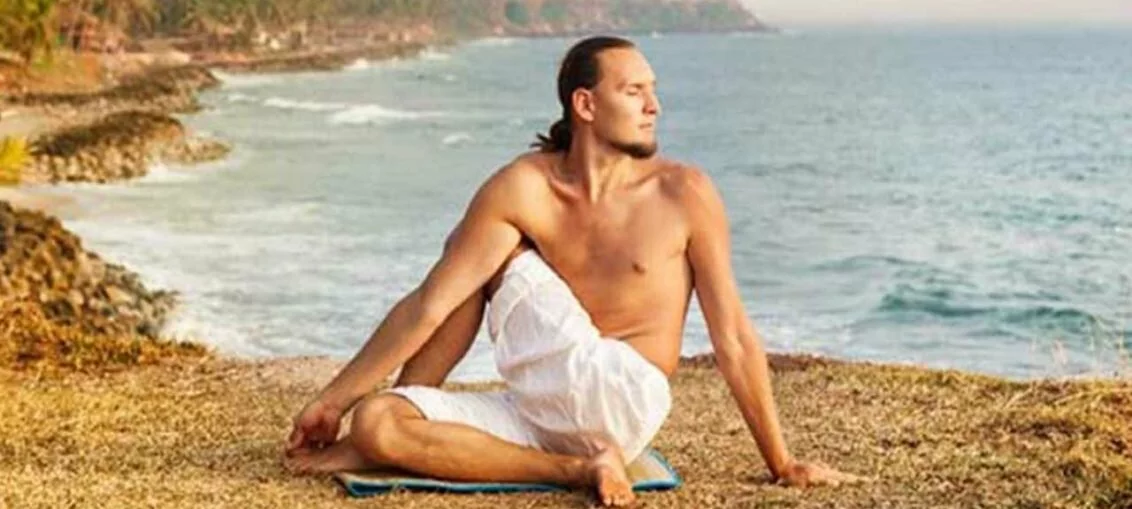Dhanurasana (dah-noo-rah-sah-nah; Sanskrit: धनुरासन; IAST: Dhanurāsana), Bow Pose or sometimes Urdva Chakrasana (Upward Wheel Pose) is an asana. The name comes from the Sanskrit words Dhanura (धनुर, Dhanura) meaning "bow"and Asana (आसन, Āsana) meaning "posture" or "seat". Dhanurasana, the bow pose, is eighth in the sequence of 12 basic postures of hatha
Tag: Yoga
Navasana (नावासन)
Navasana ("Boat Pose") is an asana. Variations include Paripurna Navasana (Sanskrit: परिपूर्णनावासन; IAST: paripūrṇanāvāsana "Full Boat Pose"), Ardha Navāsana (Sanskrit: अर्धनावासन "Half Boat Pose") and ekapadanavasana ("one legged boat pose"). The name comes from the Sanskrit words nava meaning "boat" and asana (आसन) meaning "posture" or "seat". In its literal translation,
Matsyasana (मत्स्यासन)
Matsyasana (mahtz-yah-sah-nah; Sanskrit: मत्स्यासन; IAST: Matsyāsana) or Fish Pose is an asana. It is commonly considered a counterasana to Sarvangasana, or shoulder stand, specifically within the context of the Ashtanga Vinyasa Yoga Primary Series The name comes from the Sanskrit words matsya (मत्स्य) meaning "fish" and asana (आसन) meaning "posture" or "seat". The
Salabhasana (शलभासन)
Salabhasana, Shalabhasana (Sanskrit: शलभासन; IAST: Śalabhāsana), Locust Pose or Grasshopper Pose is an asana. The name comes from the Sanskrit words "shalabh" meaning "grasshopper" It is back bend, or spine stretch, using the strength of the upper and middle back to lift the weight of the legs as high as possible from
Upavistakonasana
Upavistakonasana (oo-pah-VEESH-tah cone-AHS-anna) upavistha = seated, sitting kona = angle Step by Step:- Sit in Dandasana, then lean your torso back slightly on your hands and lift and open your legs to an angle of about 90 degrees (the legs should form an approximate right angle, with the pubis at the apex). Press
Paschimottanasana (पश्चिमोत्तानासन)
Paschimottanasana (pash-ee-moh-tan-ahs-anna; Sanskrit: पश्चिमोत्तानासन; IAST: paścimottānāsana), Seated Forward Bend or Intense Dorsal Stretch is an asana. Together with Padmasana (lotus), Siddhasana (half-lotus) and Vajrasana (lightning-bolt pose), this asana is an accomplished asana according to the Shiva Samhita. It was advocated by 11th century yogi Gorakshanath. The name comes from the Sanskrit words
Pasasana (पाशासन)
Pasasana (Sanskrit: पाशासन; IAST: pāśāsana) or Noose Pose is an asana. The name comes from the Sanskrit words pasa (or pasha) (पाश, pāśa) meaning "noose" or "snare" and asana (आसन) meaning "posture" or "seat". In this yoga asana, the human body creates a 'noose' when the practitioner wraps their arms around their
Garbhasana (गर्भासन)
Garbhasana (Sanskrit: गर्भासन; IAST: Garbhāsana), Embryo Pose, Foetus Pose or Fetus Pose is an asana. The name comes from the Sanskrit words garbha meaning "embryo" or "fetus" and asana (आसन) meaning "posture" or "seat". During the performance of this asana, the body takes on the shape of a fetus. Taking the
Ardha Matsyendrasana (अर्धमत्स्येन्द्रासन)
Ardha Matsyendrasana (Sanskrit: अर्धमत्स्येन्द्रासन; IAST: Ardha Matsyendrāsana), Half Lord of the Fishes Pose, Half Spinal Twist Pose or Vakrasana is an asana. The asana usually appears as a seated spinal twist with many variations, and is one of the twelve basic asanas in many systems of Hatha Yoga. The asana is named
Gomukhasana (गोमुखासन)
Gomukhasana (goh-moo-kha-sah-nah; Sanskrit: गोमुखासन; IAST: Gomukhāsana) or Cow Face Pose is an asana. The name comes from the Sanskrit words Go (गो, Go) meaning "cow", Mukha (मुख, mukha) meaning "head" or "mouth", and Asana (आसन, Āsana) meaning "posture" or "seat". The word Go also means "light", so gomukh may refer to the light

